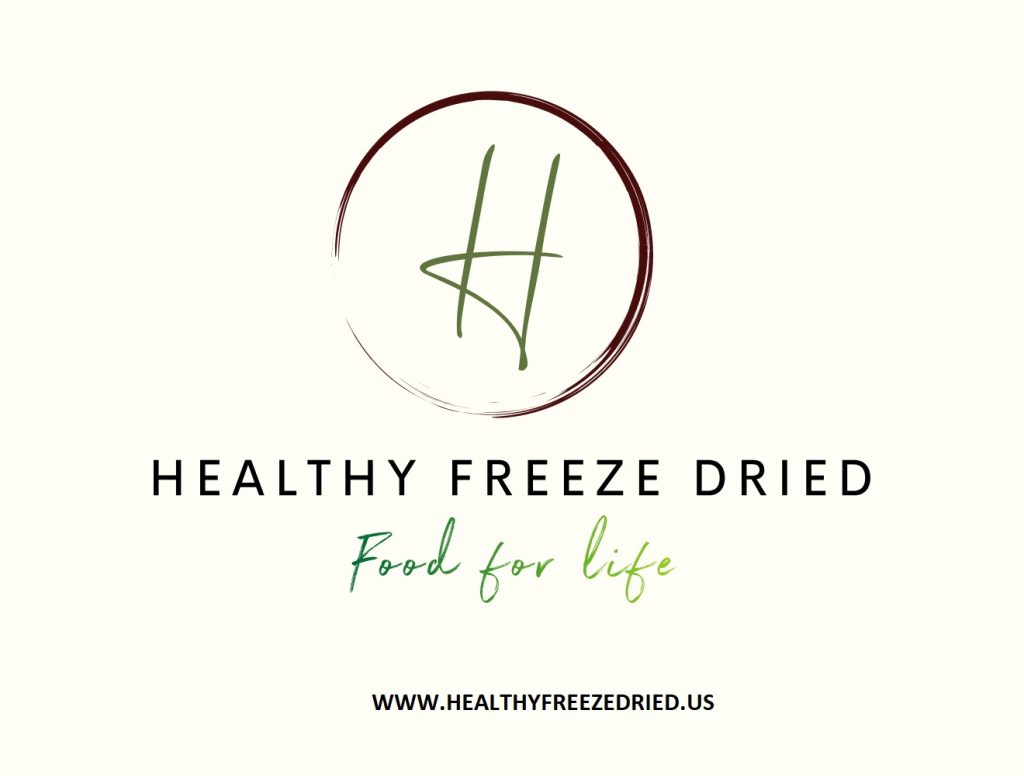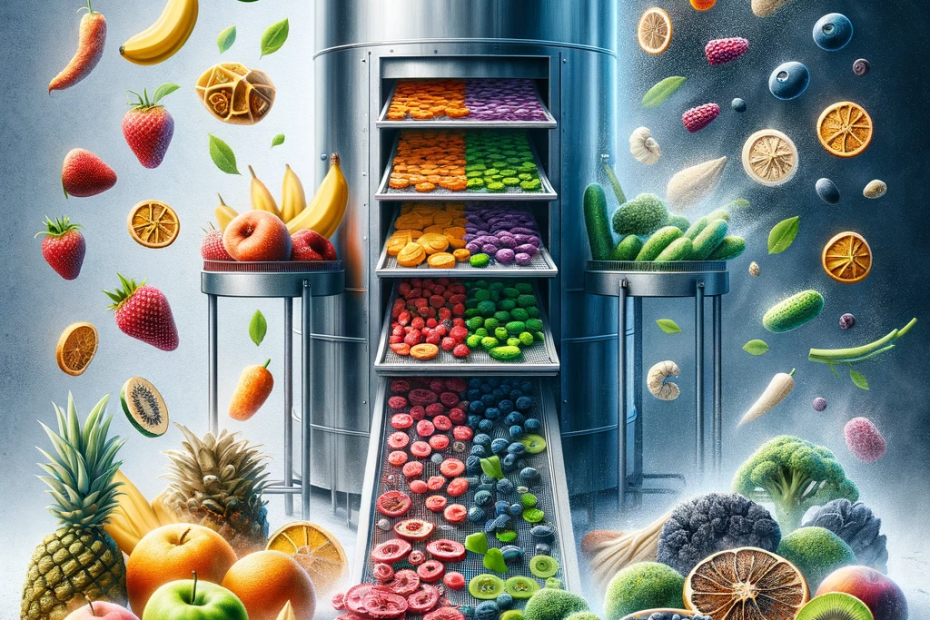In the quest for optimal nutrition from our diets, the preservation of food plays a pivotal role, especially in maintaining the nutritional integrity of perishable items like fruits, vegetables, and even meats. Freeze drying emerges as a cutting-edge technology that not only extends the shelf life of foods but does so without sacrificing their essential nutrients, making it an invaluable process for health enthusiasts and the food industry alike.
Understanding Freeze Drying
Freeze drying, also known as lyophilization, is a dehydration process used to preserve a wide variety of perishable foods. By freezing the food and then reducing the surrounding pressure to allow the frozen water in the food to sublimate directly from the solid phase to the gas phase, freeze drying retains the physical structure and nutritional content of the original product. This method contrasts sharply with conventional drying techniques that involve heat, which can break down or destroy heat sensitive nutrients and alter the food’s texture.
Nutritional Preservation
One of the most significant advantages of freeze drying is its remarkable ability to preserve the nutritional content of foods. Vitamins that are sensitive to heat, air, or water are largely retained during freeze drying, unlike in drying processes that involve heat, which can lead to substantial nutrient loss. This includes the preservation of antioxidants, vitamins such as C and E, and phytonutrients that play essential roles in protecting the body against chronic diseases.
The Role of Freeze Drying in Modern Diets
As modern diets increasingly rely on processed foods, the need for methods that can maintain the healthful qualities of fresh produce is paramount. Freeze drying offers a solution, providing nutrient dense options that are convenient and long lasting. These characteristics make freeze dried foods particularly appealing to health enthusiasts, busy professionals, and anyone looking to incorporate more fruits and vegetables into their diet without the concern of rapid spoilage.
Environmental and Economic Benefits
Beyond nutritional advantages, freeze drying presents several environmental and economic benefits. The lightweight nature of freeze dried products reduces transportation costs and emissions, while the extended shelf life leads to less food waste. Furthermore, the ability to store foods for extended periods without refrigeration is a boon for reducing energy consumption and for food security in areas without reliable electricity.
Applications and Accessibility
Freeze dried foods are increasingly found in various forms, from snackable fruits and vegetables to meal kits for outdoor adventures, showcasing their versatility. This accessibility allows individuals to enjoy the flavors and nutritional benefits of fresh produce year round, regardless of seasonal limitations.
Conclusion
Freeze drying stands out as the best way to preserve the nutritional content of food, offering a bridge between the desire for convenience and the need for nutrient rich diets. As we continue to navigate the challenges of modern eating habits, freeze drying offers a promising avenue for maintaining a healthy, balanced diet.
Embracing Freeze Dried Foods
Incorporating freeze dried foods into your diet is an excellent way to ensure you’re getting the vital nutrients your body needs. With their long shelf life, ease of use, and retention of nutritional values, freeze dried products are a smart choice for anyone looking to boost their intake of fruits, vegetables, and other essential foods. Explore the possibilities and enrich your diet with the pure goodness of freeze dried foods today.
Reference:
Bhatta, S., Janežić, T. S., & Ratti, C. (2020). Freeze-Drying of Plant-Based foods. Foods, 9(1), 87. https://doi.org/10.3390/foods9010087

